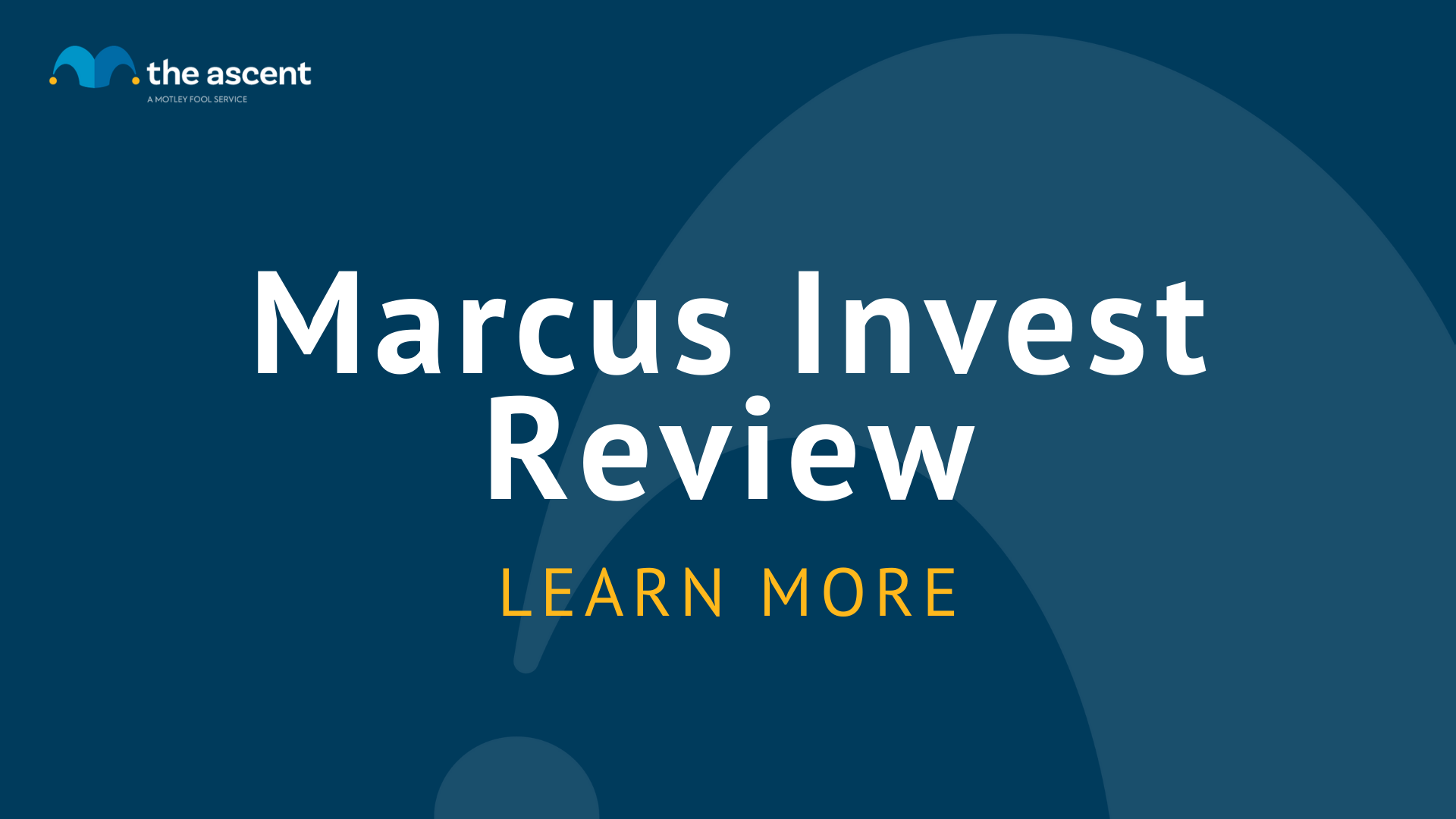
From Wall Street to Main Streetġ47 years after its inception, Goldman Sachs decided to venture from Wall Street to Main Street with the launch of a consumer banking business. Several digital banking initiatives from incumbents such as Bó from RBS, Finn from JPMorgan Chase, Zuno from Raiffeisen Bank, and Soon from AXA Banque have shut shop whereas Marcus has continued its stellar growth across several parameters such as user base, loan book growth, deposits growth, and revenues. The firm’s evolutionary tale from ‘ Goldman Sachs by Marcus’ to ‘ Marcus by Goldman Sachs’ is an exciting one, especially given that the neobanking sector has faced a slew of failures and setbacks in recent times. Marcus, from the outside, may look like an innocuous neobank initiative aimed at unlocking retail banking opportunities for the global investment bank, but look deeper, and it seems like a riddle wrapped in a mystery inside an enigma. In this blog, we look at the digital bets Goldman has made on its diversification strategy towards building a consumer-centric digital finance business – Marcus by Goldman Sachs. Approximately 98% of the annual revenues came from Investment Banking, Global Markets, Asset Management, and Wealth Management businesses. Over the next century and a half, the firm turned itself into a giant, announcing an annual revenue of $59.34B and annual net earnings of $21.64B in 2021.

Over the next few years, Marcus Goldman’s son, Henry Goldman, and son-in-law, Samuel Sachs, joined him, and the firm became a partnership with a new name: Goldman Sachs & Co.

In 1869, a German immigrant named Marcus Goldman moved to New York City to launch a new business targeted at small businesses to help them secure short-term capital.


 0 kommentar(er)
0 kommentar(er)
